Australian Tropical Rainforest Plants - Online edition
Ficus destruens F.Muell. ex C.T.White
Click/tap on images to enlarge
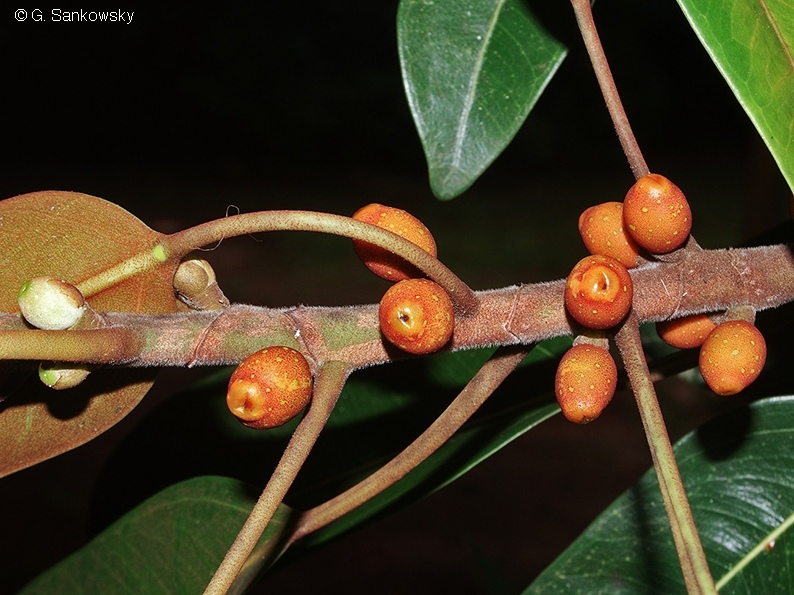
Figs [vot vouchered]. © G. Sankowsky
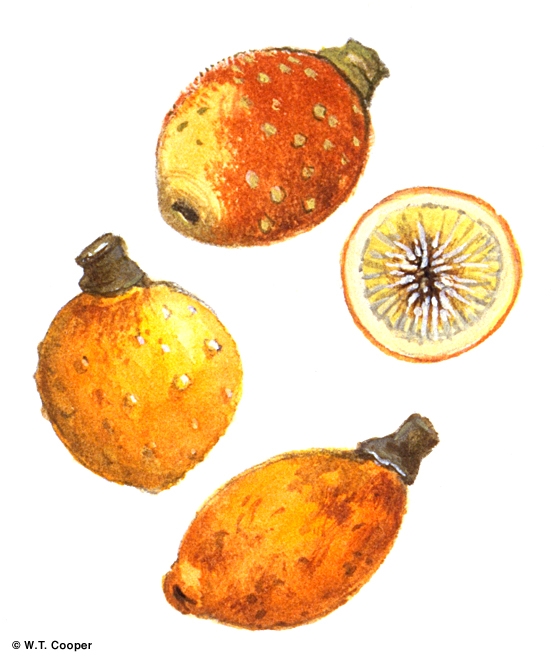
Figs, side views and cross section. © W. T. Cooper
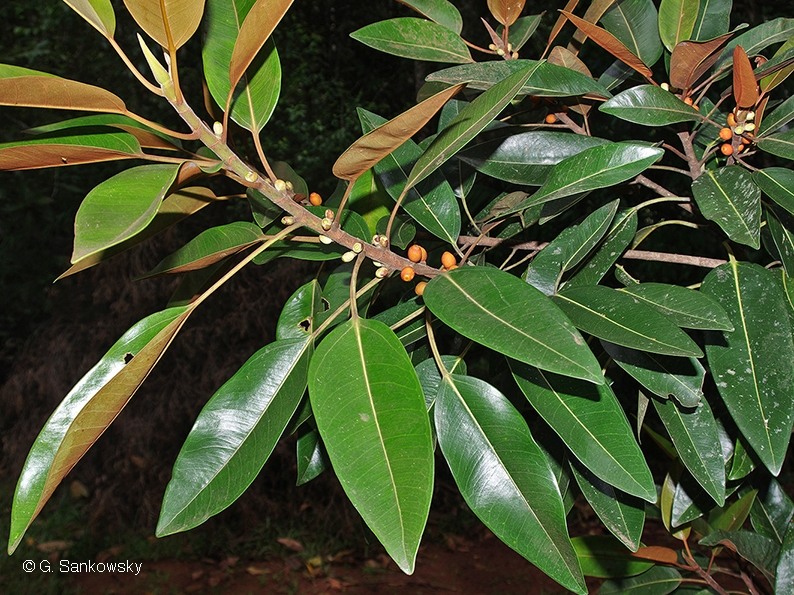
Leaves and figs [vot vouchered]. © G. Sankowsky
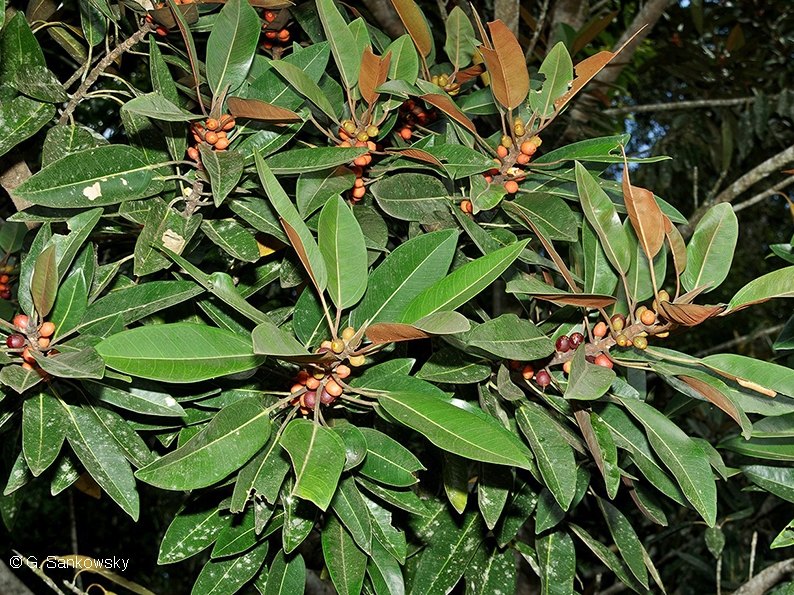
Leaves and figs [vot vouchered]. © G. Sankowsky

Leaves and figs. © CSIRO

Scale bar 10mm. © CSIRO
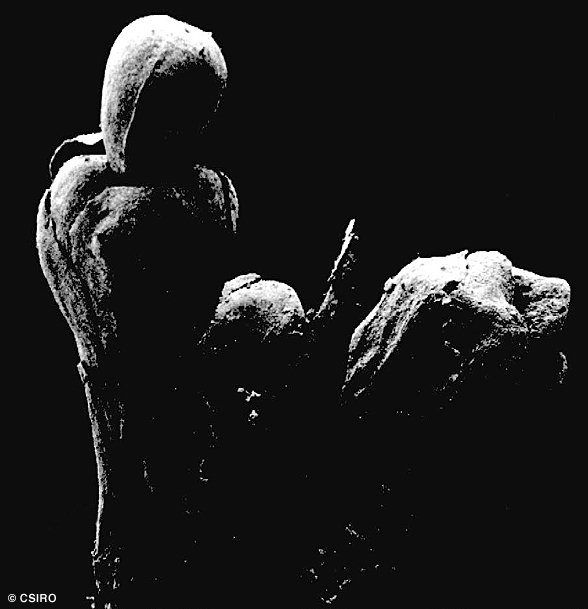
Male flowers. © CSIRO

Female flowers(?). © CSIRO

Male flowers, anthers opening on one suture. © CSIRO
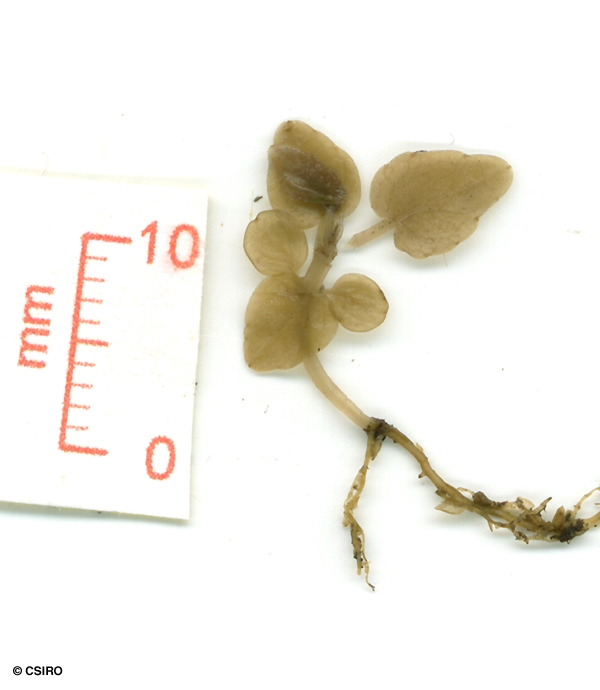
Cotyledon and 1st leaf stage, epigeal germination. © CSIRO
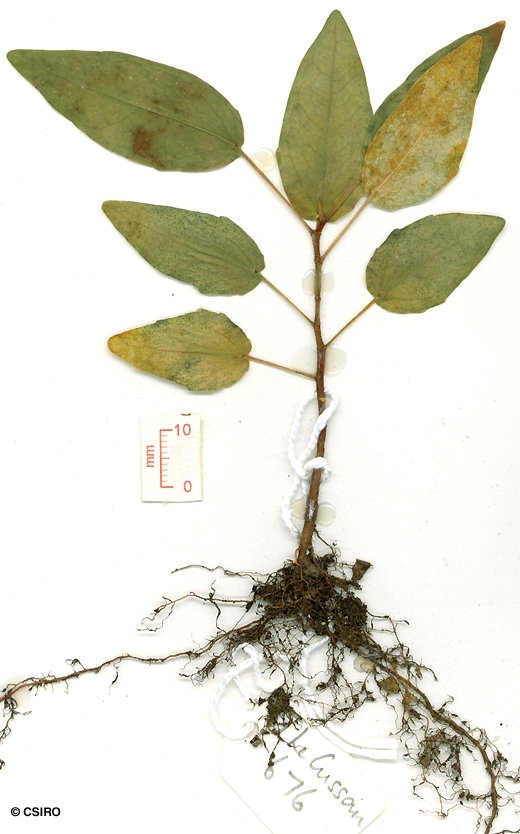
10th leaf stage. © CSIRO
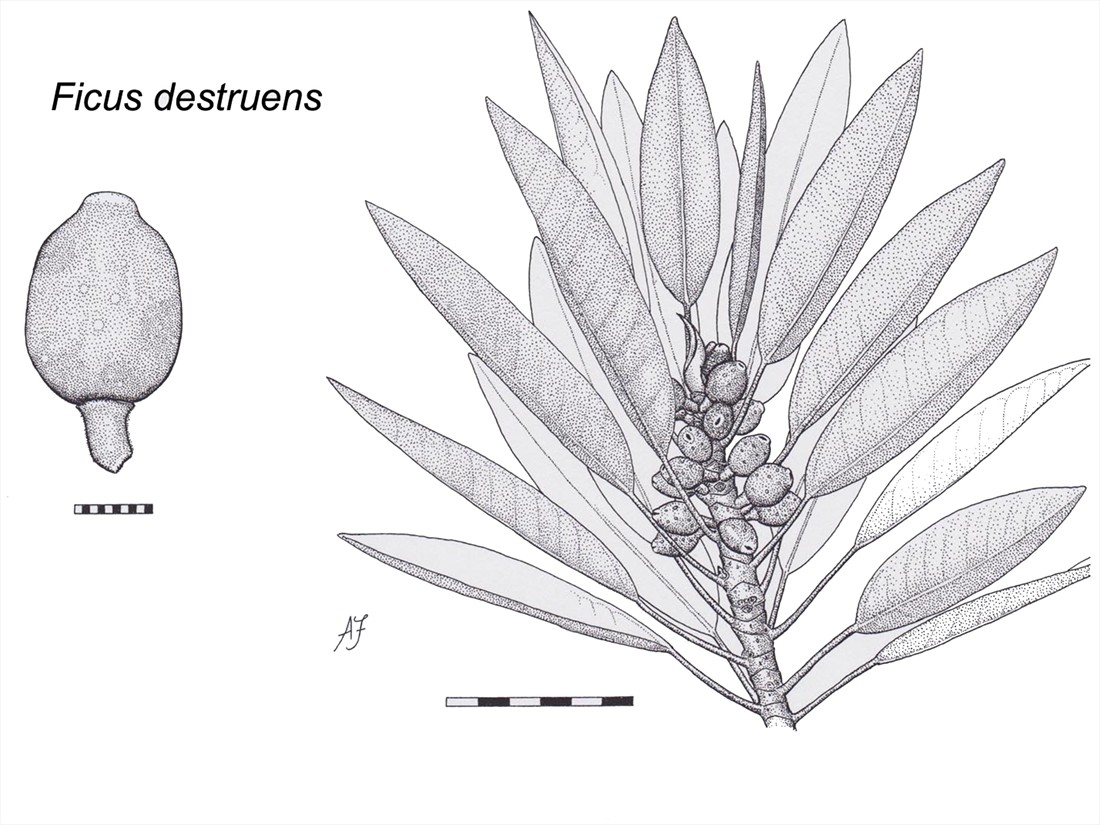
Illustration of fig and branch. © A. Field
Family
White, C.T. (1933) Contributions from the Arnold Arboretum of Harvard University 4: 16. Type: Gadagarra, Atherton Tableland, alt. 800 m., S. F. Kajewski 1087, 8 Jun. 1929; holo: BRI.
Common name
Fig, Boonjee; Fig, Rusty; Strangler Fig; Fig; Fig, Strangler; Rusty Fig; Boonjee Fig
Stem
A strangling fig.
Leaves
Flowers
Fruit
Seedlings
Cotyledons +/- orbicular, about 3-4 mm long. At the tenth leaf stage: leaf blade lanceolate or ovate, apex acute, margin crenate, with about 2-7 teeth each side, +/- glabrous on the upper surface. Stipules narrowly triangular, sheathing the terminal bud, sometimes with a few reddish hairs. Taproot thickened. Seed germination time 14 to 75 days.
Distribution and Ecology
Natural History & Notes
Fruit eaten by several species of birds. Cooper & Cooper (1994).
RFK Code
525
Copyright © CSIRO 2020, all rights reserved.

Web edition hosted at https://apps.lucidcentral.org/rainforest




